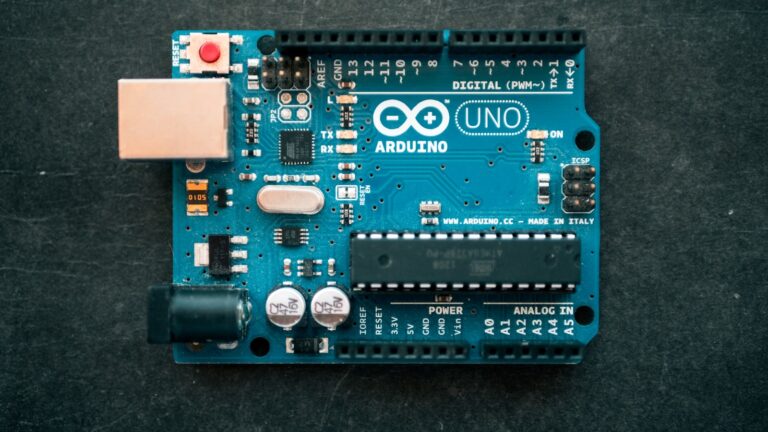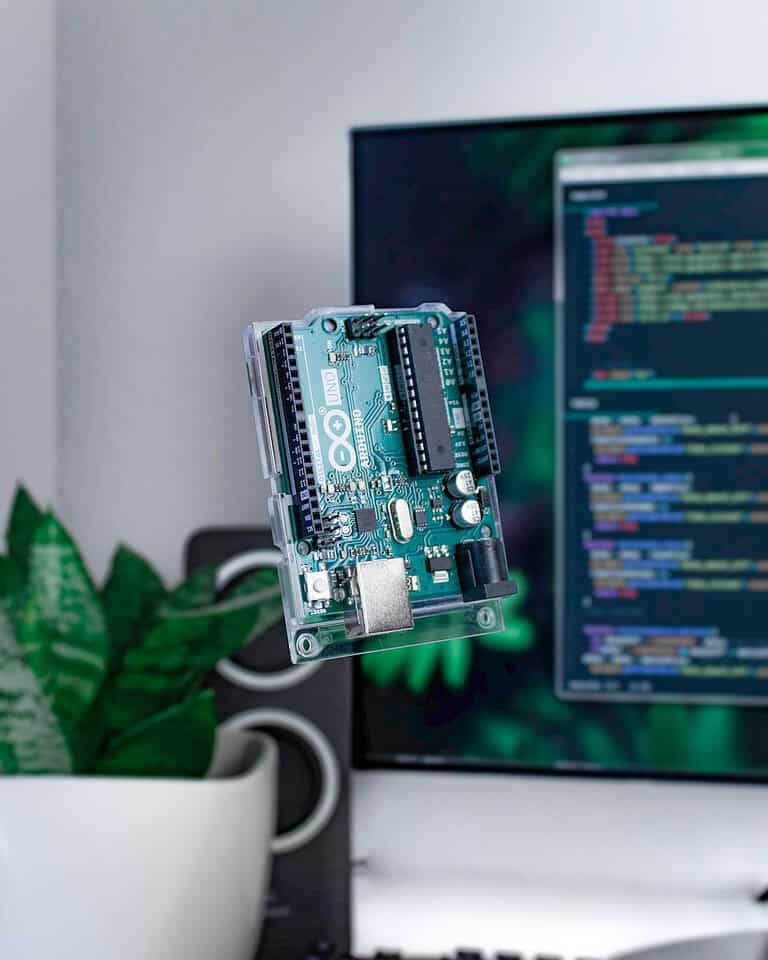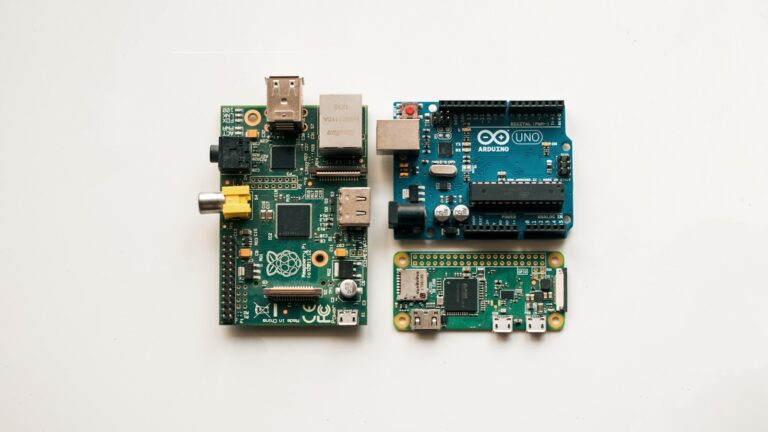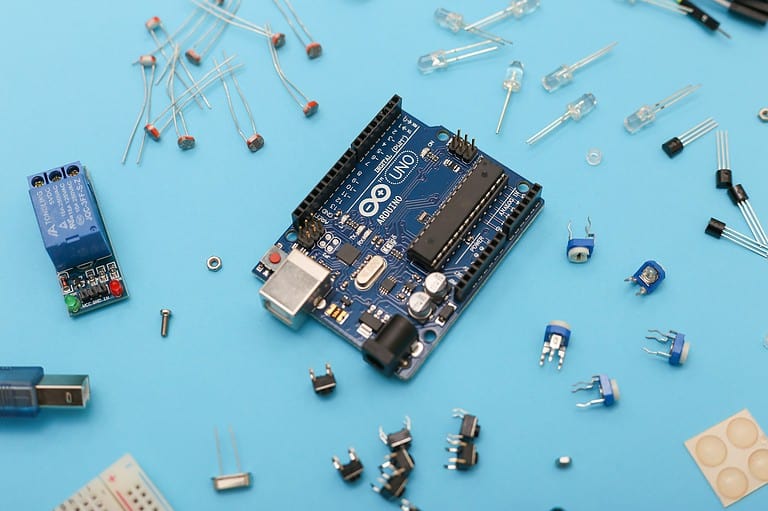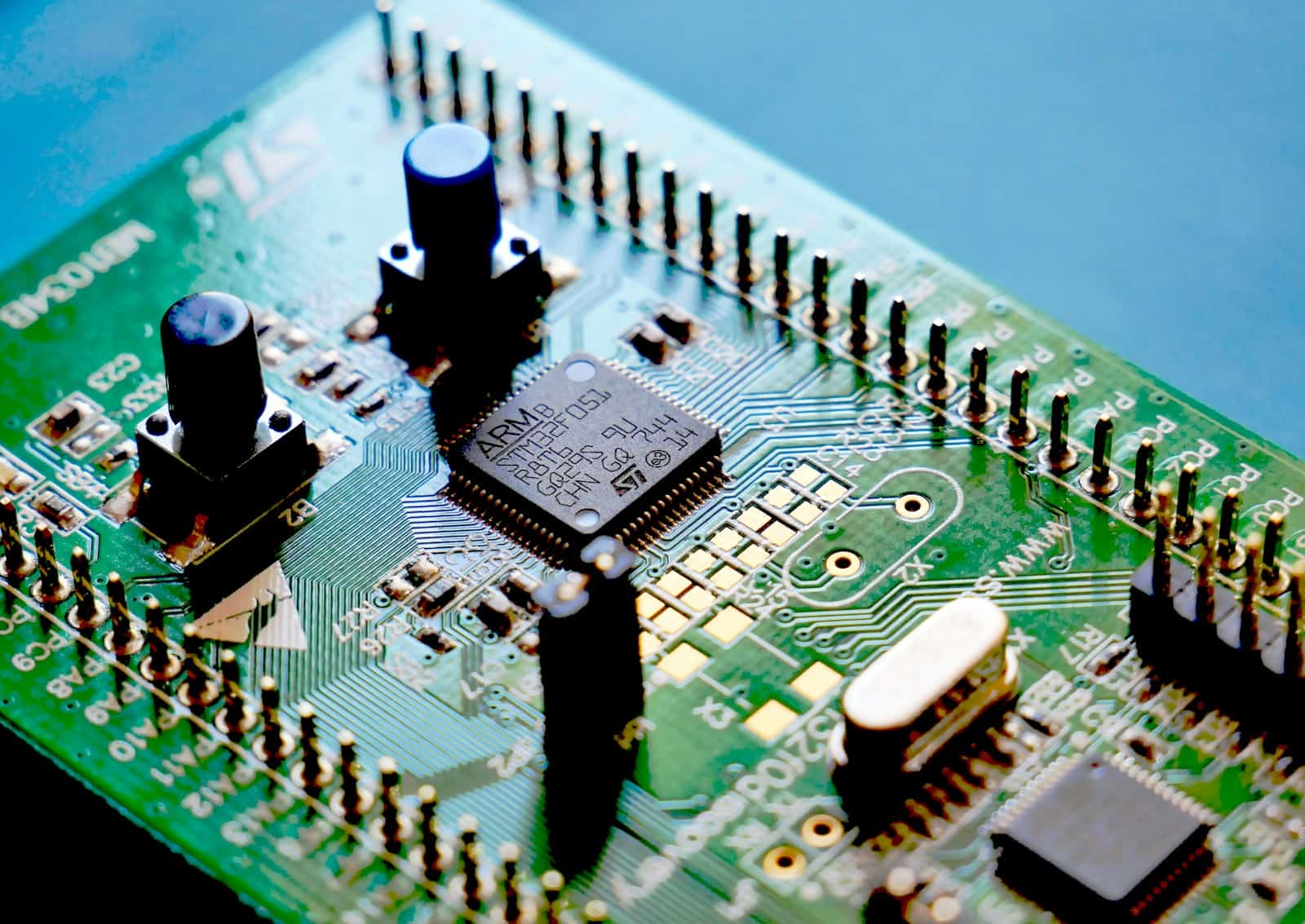
Embedded systems are specialized computer systems designed to perform dedicated functions within larger mechanical or electronic systems. These systems integrate hardware, software, and firmware to achieve their specific tasks efficiently. With applications ranging from digital watches to smart thermostats, embedded systems play a crucial role in modern technology.
Understanding the fundamentals of embedded systems is essential for anyone interested in engineering or technology. These systems differ from general-purpose computers by focusing on specific functions, often with real-time performance constraints. Learning about their components, such as microcontrollers and microprocessors, can provide valuable insights into how everyday devices operate.
The variety of applications for embedded systems continues to grow. Engineers work with both hardware and software to create systems that are reliable and efficient. From simple gadgets to complex industrial machines, embedded systems are integral to developing innovative solutions across various domains.
Key Takeaways
- Embedded systems perform specific functions within larger systems.
- Learning their fundamentals involves understanding both hardware and software components.
- Applications for embedded systems are diverse and continually expanding.
Foundations of Embedded Systems
Embedded systems are specialized computing systems that integrate hardware and software components to perform specific functions within a larger system. Key elements include hardware components, software frameworks, and design methodologies.
Hardware Components
Hardware in embedded systems includes elements like microcontrollers, processors, and RAM. Microcontrollers are compact integrated circuits that contain a processor, memory, and peripherals in a single chip, making them ideal for controlling devices.
Digital Signal Processors (DSPs) are specialized for handling complex mathematical computations quickly. They are often used in audio and video processing. System on a Chip (SoC) integrates all components of a computer or other electronic system into one chip, reducing space and power consumption.
Sensors and actuators convert physical signals to electronic signals and vice versa, allowing the system to interact with the physical world. These components play a critical role in monitoring and control functions in various applications.
Software Foundations
Embedded system software includes operating systems, middleware, and application code. Real-time operating systems (RTOS) are critical, offering predictable response times for time-sensitive tasks. An RTOS ensures that specific processes run at precise times, making it essential for applications like automotive control systems.
Firmware is low-level software stored in read-only memory, often closely tied to hardware. It serves as the device’s operational instruction set and is crucial for initial hardware control at startup.
The choice of programming languages is also vital. C and C++ are common due to their efficiency and control over hardware. Assembly language might be used when maximum performance and minimal resource usage are required. These languages provide the low-level access needed for hardware manipulation and performance optimization.
Embedded System Design and Development
Design and development in embedded systems involve a mix of hardware and software engineering. Requirement analysis is the first step, where the specific needs of the system are identified. This is followed by system modeling, where a high-level representation of the system is created.
Prototyping allows for the testing of the system’s basic functionality before full-scale development. This step is essential for identifying potential issues early in the development process.
Hardware and software integration comes next. The hardware components are connected, and the software is developed to control these components accurately. Testing and validation are critical to ensure the system functions as intended. This may involve both simulation tools and real-world testing environments.
Overall, the foundations of embedded systems are built on precise hardware components, robust software frameworks, and meticulous design and development processes.
Embedded Systems in Practice
Embedded systems are pervasive in our daily lives and industries. They enable functionality and control in simple and complex devices, including household items and advanced industrial machinery.
Applications in Daily Life
Embedded systems are vital in many home devices, enhancing convenience and efficiency. Home appliances like microwaves, washing machines, and thermostats use embedded systems to function. Consumer electronics such as smartphones, tablets, and smartwatches rely on these systems to manage tasks, from processing user inputs to connecting to the internet.
Automobiles use real-time embedded systems for engine control, navigation, and safety features. Medical devices like pacemakers and infusion pumps use these systems to monitor and maintain patients’ health. In essence, embedded systems have become indispensable in improving the daily lives of users.
Industry-Specific Embedded Systems
Industries utilize embedded systems to optimize operations and enhance productivity. In industrial machines, these systems control everything from assembly lines to robotic arms. Aerospace applications include control systems in satellites and aircraft for navigation and communication. Automobiles integrate embedded systems for engine management, brake control, and driver assistance features.
Mobile embedded systems are used in portable industrial tools and devices, while networked embedded systems form the backbone of IoT devices, allowing machines to communicate and collaborate. These systems ensure reliability and efficiency in demanding industrial environments.
Technological Advances and Future Direction
Advancements in embedded systems are shaping future technologies. The development of real-time operating systems (RTOS) enhances the precision and reliability of tasks needing immediate response. The integration of IoT expands the connectivity of devices, leading to smarter homes and industries. Advances in programming languages like Embedded C, Embedded Java, and the use of Linux enhance the capability and adaptability of these systems.
Companies like Texas Instruments are at the forefront, creating new tools and platforms for embedded development. The future shows promise with improvements in GUI and user interface (UI) design, as well as greater integration with robotics and autonomous systems. These innovations will continue to drive the capabilities and applications of embedded systems forward.
Frequently Asked Questions
This section addresses some common questions related to embedded systems, including applications, programming languages, and best practices for security.
What are typical applications of embedded systems in current technologies?
Embedded systems are used in various fields like automotive, healthcare, consumer electronics, and telecommunications. In cars, they control functions such as engine performance and braking. In healthcare, they operate medical devices like pacemakers. Consumer electronics like smartphones and smart TVs also rely on embedded systems.
Which programming languages are commonly used for embedded systems development?
The most commonly used programming languages for embedded systems are C and C++. These languages offer low-level access to hardware, making them ideal for performance-critical applications. Python is also gaining popularity for its simplicity and ease of use.
What qualifications are required for a career as an Embedded Systems Engineer?
A career in embedded systems typically requires a degree in electrical engineering, computer science, or a related field. Skills in programming languages like C and C++, knowledge of real-time operating systems (RTOS), and experience in debugging and testing embedded systems are essential. Additional proficiency in assembly language can be beneficial.
How does one start with embedded systems development as a beginner?
Beginners should start with learning basic electronics and programming fundamentals. Using development boards like Arduino or Raspberry Pi can help in gaining practical experience. Online tutorials, courses, and books focusing on embedded systems can also be useful. Experimenting with small projects helps build hands-on skills.
What role do embedded systems play in IoT (Internet of Things)?
In IoT, embedded systems are crucial as they enable devices to connect to the internet and communicate with each other. They collect data from sensors, process it, and send it to other devices or cloud services. They ensure that IoT devices function efficiently and can be controlled remotely.
What are the best practices for ensuring security in embedded systems?
To ensure security in embedded systems, use strong encryption methods to protect data. Implement secure boot processes to prevent unauthorized code execution. Regularly update firmware to patch vulnerabilities. Use authentication mechanisms to ensure that only authorized users can access the system. Avoid using default passwords and consider employing intrusion detection systems.

